They didn’t ask. They didn’t wait. They just started building.
Beavers are nature’s unruly architects—chewing, dragging, and flooding their way through landscapes like they own the place. And honestly? They kind of do.
From creeks to forests, these toothy engineers have transformed entire ecosystems with nothing but determination and a love for dam-making.
While humans argue over zoning laws and property lines, beavers just do. The results? Sometimes hilarious, sometimes disastrous, but always fascinating. Let’s dive into 11 wild moments when beavers reshaped the world around them—no permits required.
Beaver Dams Transforming Alberta
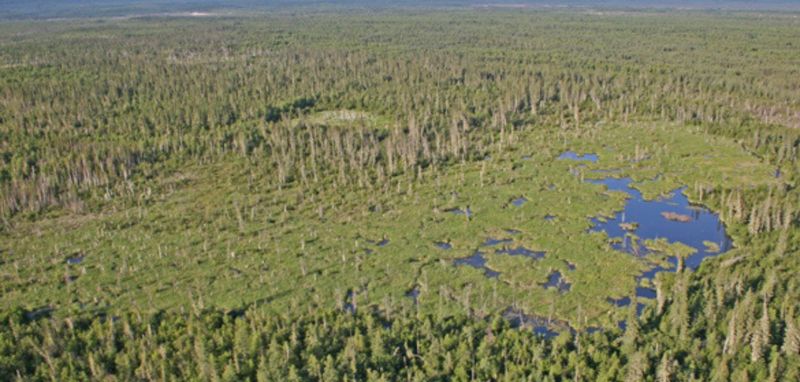
In Alberta, Canada, beavers have constructed one of the world’s largest dams. This massive structure, visible from space, spans over 850 meters. It’s a testament to their engineering skills. The dam has created an expansive wetland, offering a sanctuary for numerous species. Local flora and fauna thrive in this biodiverse habitat.
However, the dam has also flooded nearby areas, posing challenges for human settlements. Despite this, the ecological benefits outweigh the drawbacks. This phenomenon highlights the significant impact beavers can have on their environment.
Search the skies, and you might just spot this monumental creation.
Beavers vs. Railways in Scotland
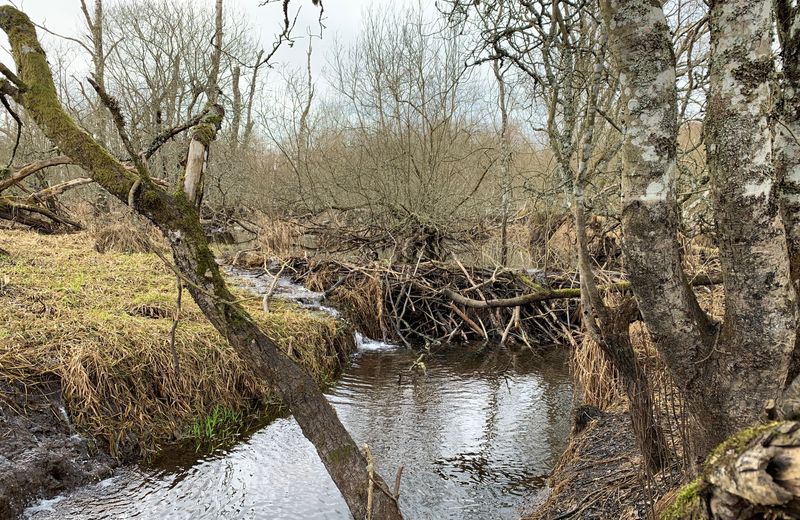
In the Scottish Highlands, beavers have been causing quite a stir. Their dams have led to the flooding of railway tracks, leading to delays and repairs. These industrious creatures have created a vibrant wetland ecosystem.
While the wetlands support diverse wildlife, the flooding presents challenges for railway maintenance. The situation requires creative solutions to balance nature with infrastructure.
The beavers’ impact on transportation highlights their ability to reshape landscapes, sometimes in conflict with human endeavors. Yet, the ecological benefits of their presence cannot be overlooked.
Beaver Dams in the Alaskan Interior
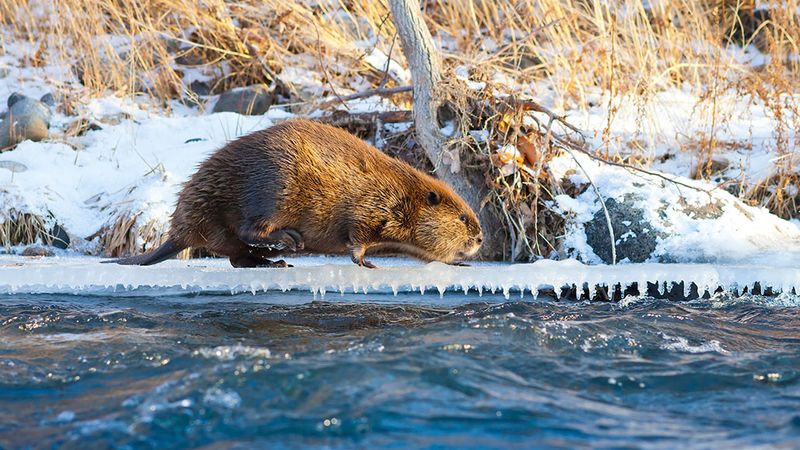
The Alaskan interior is home to resilient beavers. Here, they build dams that alter watercourses, impacting the local ecosystem. These dams create ponds that serve as habitats for fish and waterfowl.
In winter, the frozen landscape contrasts sharply with the bustling life within these water bodies. Beavers’ activity is essential for maintaining biodiversity in this harsh climate.
The creation of these ponds also aids in regulating water flow during the thaw. This natural engineering marvel demonstrates how beavers enhance their surroundings, even in extreme conditions.
Beavers and the California Water Crisis
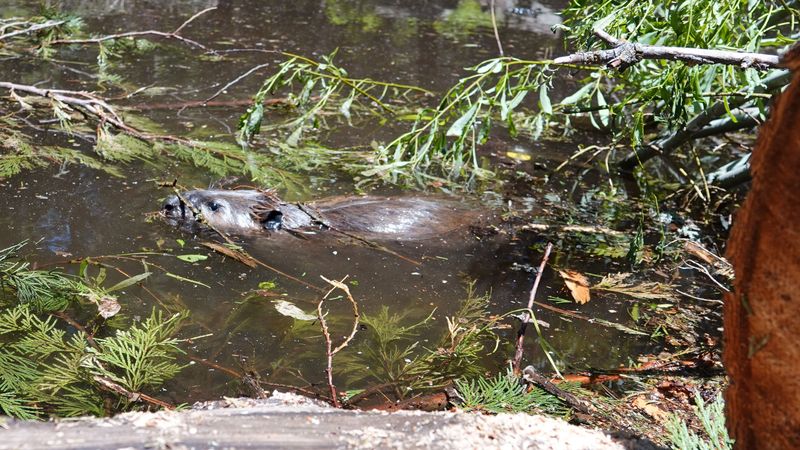
Faced with drought, California’s beavers have stepped up as environmental heroes. Their dams help retain precious water, creating oases in dry landscapes. These reservoirs support aquatic life and water-dependent species.
The presence of beavers has alerted conservationists to their potential role in water management. By preserving water, these rodents contribute to mitigating drought impacts.
This unexpected alliance between humans and beavers showcases the potential for coexistence, even amidst climate challenges. The beavers’ role in water conservation underscores their significance in ecosystem management.
Beavers and the Urban Landscape of New York

In the heart of New York City, beavers have found a new home. Their dams, located in urban parks, bring a touch of wilderness to the bustling metropolis. These structures create peaceful retreats for city dwellers and wildlife alike.
Beavers demonstrate resilience, thriving amidst skyscrapers and concrete. Their presence brings ecological benefits, enhancing urban biodiversity.
While some view them as nuisances, many appreciate their role in creating green spaces. Beavers remind us of nature’s adaptability, even in the most unexpected environments.
Beaver Dams Saving British Columbia’s Salmon
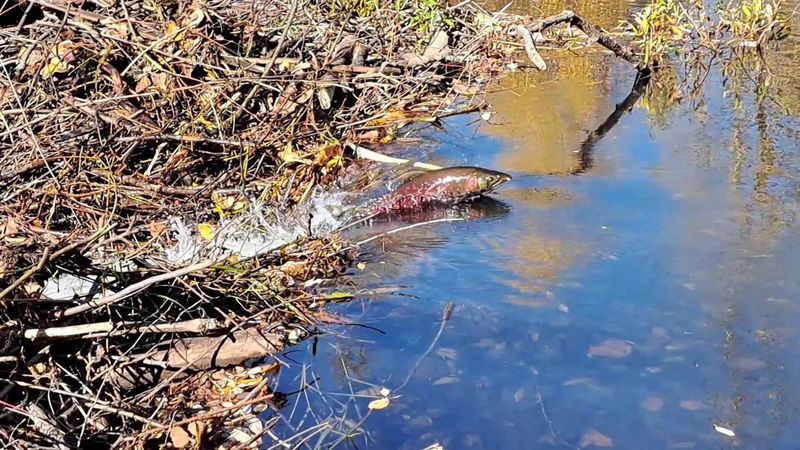
In British Columbia, beaver dams play a crucial role in salmon conservation. These structures create calm waters, ideal for salmon fry. The dams slow water flow, allowing young salmon to grow and thrive.
The relationship between beavers and salmon highlights the interconnectedness of ecosystems. Beavers inadvertently support fish populations and local fisheries.
This mutualistic relationship benefits both species, demonstrating nature’s balance. The beavers’ indirect impact on salmon showcases their importance in sustaining biodiversity and fishery resources.
Beavers Altering Poland’s Wetlands

Poland’s wetlands owe much to beavers. Their dams create complex networks of ponds and channels, promoting rich biodiversity. These wetlands support numerous species, including amphibians and birds.
The beavers’ influence extends beyond ecology, shaping the cultural landscape. Local communities have come to value their role in maintaining wetland health.
While there are challenges in managing water levels, the ecological benefits are undeniable. Beavers remind us of the dynamic relationship between species and their habitats.
Resilient Beavers in North Dakota
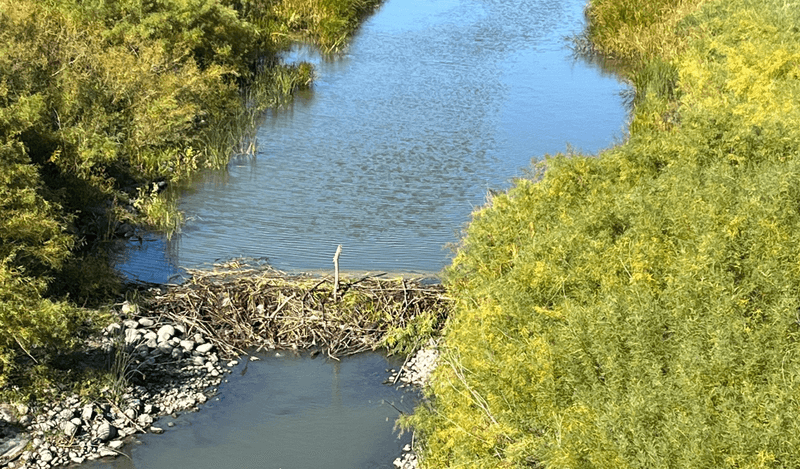
North Dakota’s prairies hide a secret: resilient beavers building intricate dams. These structures transform grasslands into wetlands, creating habitats for diverse species.
Beavers are crucial for flood control, as their dams slow water runoff. This natural management prevents erosion and promotes soil health.
The transformation of prairies into wetlands showcases beavers’ ability to reshape land. Their presence enhances biodiversity and supports sustainable practices in agriculture and conservation.
Beavers Rewilding Devon, England
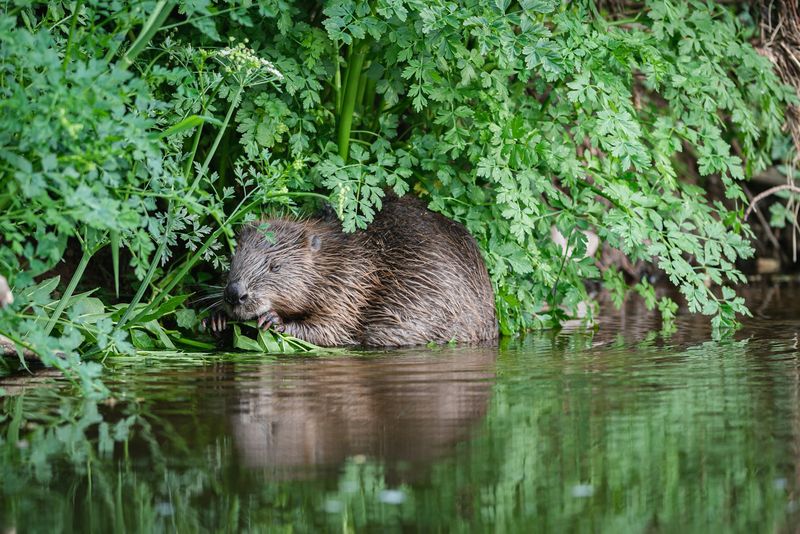
In Devon, England, beavers are rewilding the landscape. Their dams create new ecosystems, fostering plant and animal diversity. These wetlands provide habitats for endangered species.
The reintroduction of beavers has sparked interest in ecosystem restoration. The dams help control flooding and improve water quality.
This rewilding effort reflects a growing appreciation for beavers’ ecological role. Their ability to restore balance and support biodiversity makes them invaluable allies in conservation.
Beavers and the French Countryside

The French countryside hosts industrious beavers, whose dams shape the rural landscape. These structures create wetlands that support vineyards and agriculture, providing water resources.
Beavers play a role in flood mitigation, as their dams absorb excess rainfall. This natural intervention aids farmers and landowners.
The synergy between beavers and agriculture illustrates their ecological significance. Beavers demonstrate how nature can enhance human endeavors while preserving environmental health.
The Surprising Beavers of Patagonia
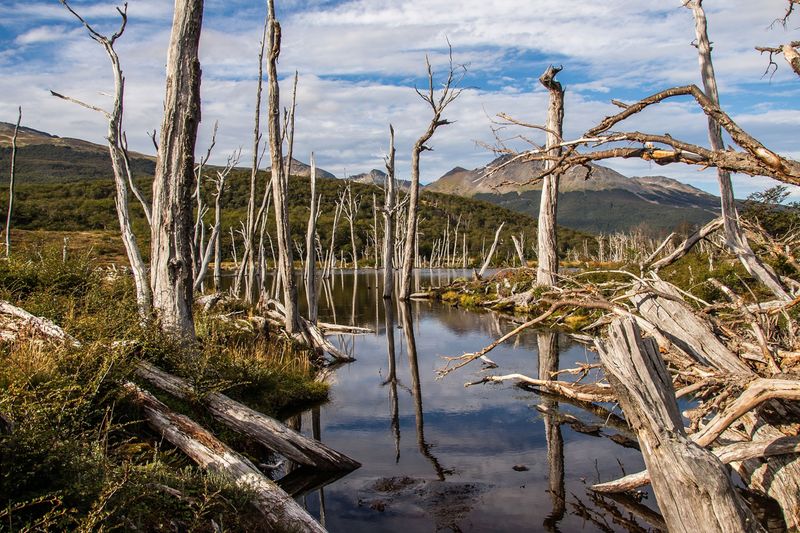
In Patagonia, beavers are unexpected guests. Introduced for fur farming, they now shape remote landscapes. Their dams create wetlands that alter native ecosystems.
While their presence challenges local wildlife, they also offer ecological benefits. The wetlands provide habitats for various species, balancing the impact.
The story of Patagonian beavers highlights the complexities of species introduction. Despite challenges, their ability to adapt and reshape environments is remarkable.

